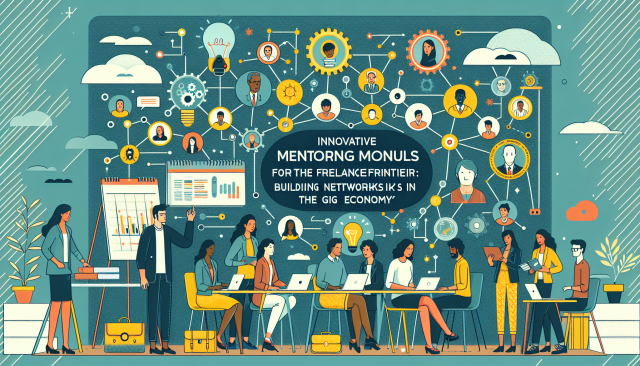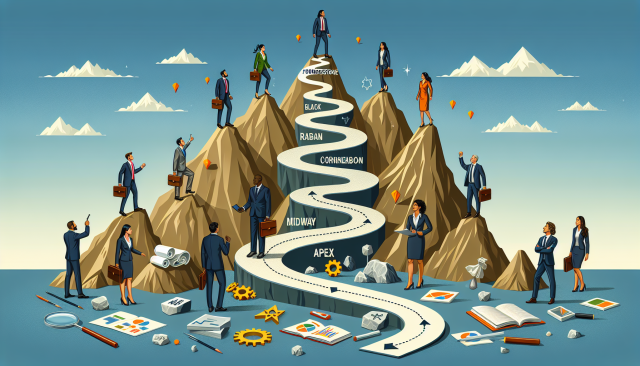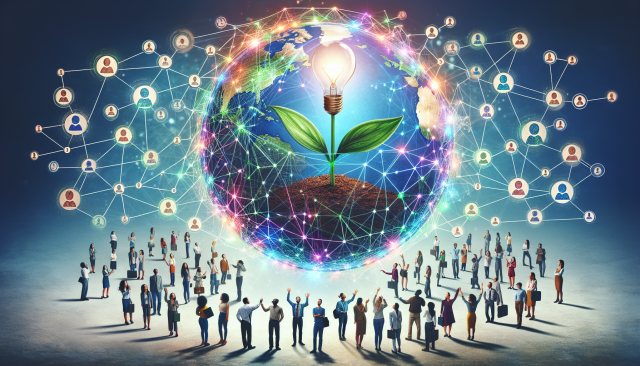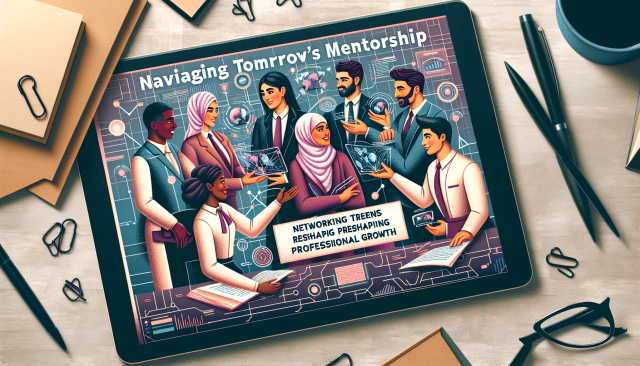Guiding The Future: Mentor-Coach Insights from Transit Leaders
Guiding The Future: Mentor-Coach Insights from Transit Leaders
As we honor National Mentoring Month, it’s a perfect time to delve into the wisdom shared by some of the leading CEOs in the transit industry. The theme of mentor-coach is vital for shaping the next generation of transit professionals, fostering a blend of guidance and growth that can revolutionize our transportation systems.
The Power of Mentorship in Transit
Mentorship in transit isn’t just about imparting knowledge; it’s about crafting a journey. As Jane Thompson, CEO of MetroLink, describes, “Mentorship is about paving pathways for others to drive forward with purpose.” This perspective underscores the transformative potential of a mentor-coach relationship, where the mentor is a guide and the mentee, an explorer.
Building Resilient Leaders
For Ralph Hendricks, head of CityTransit, mentorship means resilience. “A great mentor doesn’t just teachthey inspire you to bounce back from setbacks stronger than ever,” Hendricks notes. In the complex world of transit, where challenges are constant, building a resilient workforce through mentor-coaching is essential.
Nurturing Innovation and Adaptability
Innovation is the heartbeat of progress, especially in transit systems where needs and technologies evolve rapidly. Sarah Ling, CEO of UrbanLink, highlights, “Mentorship empowers innovation by encouraging new perspectives and fostering an adaptable mindset.” Through mentor-coach relationships, transit professionals can cultivate adaptability and curiositykey attributes in todays ever-changing landscape.
Creating Inclusive Transit Systems
Mentorship can also play a significant role in promoting inclusivity within transit systems. Inclusivity champion Ahmed Patel, CEO of TransConnect, insists, “A mentor-coach relationship should open doors to diverse voices and inclusive dialogues.” As such, effective mentorship contributes to designing systems that cater to all communities, making them equitable and accessible.
Personal Growth and Professional Development
Karen Wu, CEO of RailForward, illuminates how mentorship aligns personal growth with professional advancement. “The best mentors see potential beyond professional capacitiesthey nurture the whole person,” she explains. This holistic approach enriches the professional journey, ensuring individuals grow in tandem with their career trajectories.
Conclusion: The Mentor as a Catalyst for Change
The insights from these transit leaders highlight the essential role of the mentor-coach as a catalyst for change. This National Mentoring Month, lets embrace the mentor-coach model to inspire impactful leadership, drive innovation, and create a transit community that is resilient, inclusive, and forward-thinking. By fostering these relationships, we ensure that the future of transit is as dynamic and visionary as those who guide it.































